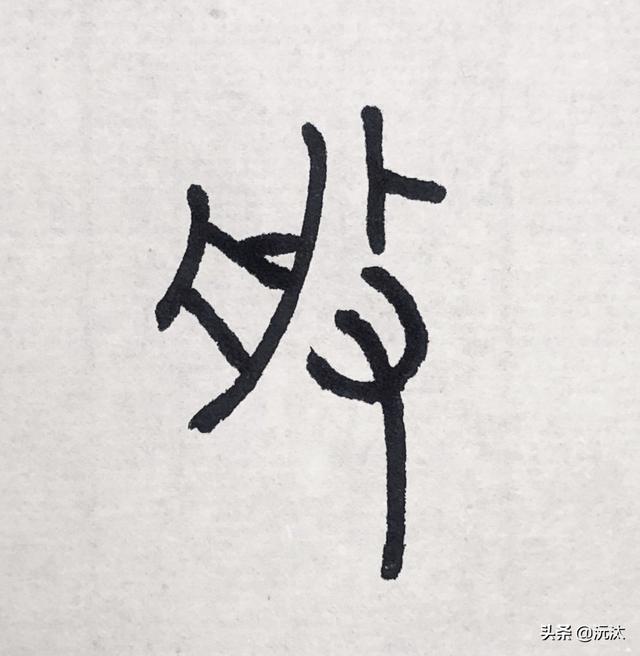出生于假日期的英语单词(今日份双语翻译)
Fibonacci Day
It's a bit of a fib that Fibonacci, the 13th century Italian math whiz, was the first to sketch out a number sequence by adding each number to the preceding number: 1, 1, 2, 3, 5, 8, 13, and so on forever. 关于13世纪时的数学鬼才斐波那契的传言有一点小误会,人们认为是他第一个在草稿纸上写出像1,1,2,3,5,8,13 这样的前两个数相加等于后两个数的数列。In fact, Hindu scholars described the sequence centuries before Fibonacci, and they probably weren't the first to figure it out either. 事实上,印度学者们比斐波那契还早几百年前就发现了这样的数列,但是他们可能也不是最早发现的人。But in any case, each November 23—that is, 11/23—we celebrate the infinite series known as the Fibonacci sequence.但是不论怎样人们在11月23号这样一天来庆祝这样无限循环的斐波那契数列。
What is clear—maybe, if you can picture it: If you properly arrange squares of the areas 1x1, 1x1, 2x2, 3x3, 5x5, 8x8, etc., on graphing paper, a curved line drawn through each square will form a perfect expanding spiral not unlike the ammonite fossil cross-sectioned here.这样解释你可能会更加清楚;如果你在画纸上按面积的顺序排列1x1,2x2,3x3,5x5的正方形,然后按顺序连接所有的方块,你就能得到一条不同于菊石这样会交叉的但是同样完美的螺旋线。 Not every spiral in nature expresses a perfect Fibonacci sequence, but nature does seem to have a thing for spirals. And in that sense the Fibonacci sequence seems especially elegant.自然界中并不是所有的螺旋线都是完美的斐波那契数列,自然有它自己的螺旋方式,但是并不是所有的螺旋线都像斐波那契数列那样优雅。
词汇的精讲在上一篇文章中,需要的同学可以自取~~对于初学者来说,我选择的文章也许并不简单,也有很多我可能觉得简单的单词没有列到我需要讲的单词中,如果愿意持之以恒的学习的的话,可以每天只学习每篇中的一句话,掌握所以单词的意思,重要是要会读整个句子。积少成多,方得始终。



免责声明:本文仅代表文章作者的个人观点,与本站无关。其原创性、真实性以及文中陈述文字和内容未经本站证实,对本文以及其中全部或者部分内容文字的真实性、完整性和原创性本站不作任何保证或承诺,请读者仅作参考,并自行核实相关内容。文章投诉邮箱:anhduc.ph@yahoo.com






